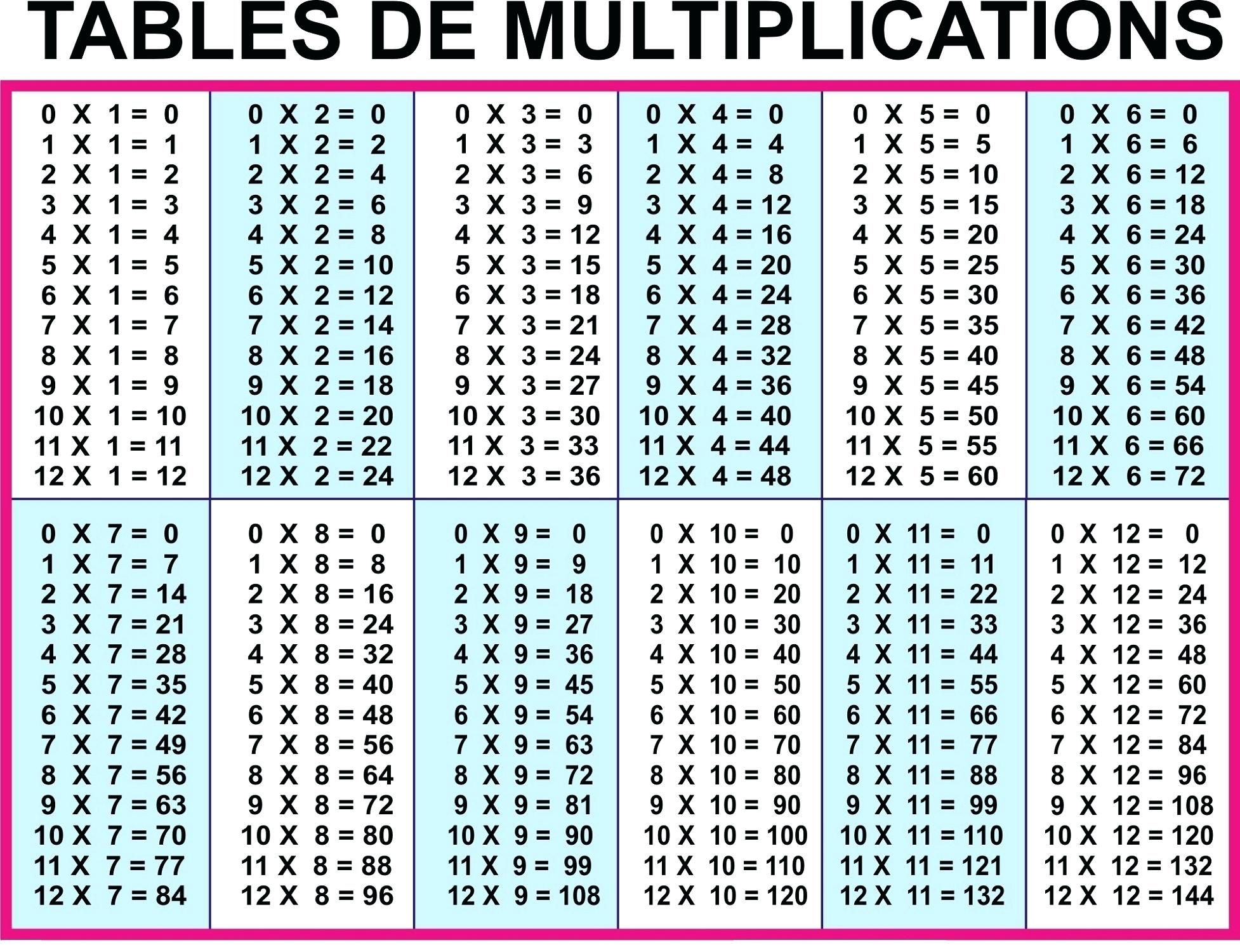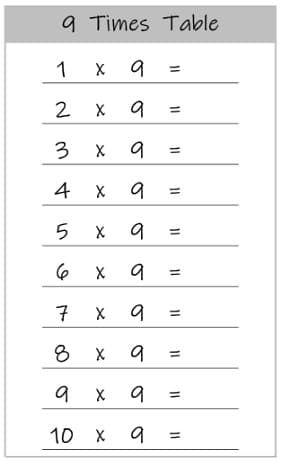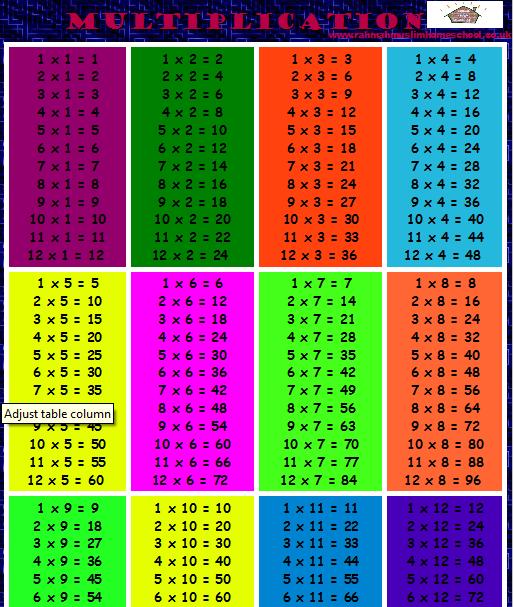

Once you have the method, which is relatively simple, you can easily turn it into a more formal proof, via induction for instance, as given in other answers. So finally the answer is $\left(n(n+1)/2\right)^2$. You pack together two triangles which give you a $n\times (n+1)$ rectangle, of area $n(n+1)$, the double of the area of each triangle. If you forget the generic expression for the sum of the $n$ first integer, have this figure in mind: Now you have to find the sum of integers.

Each product of $i$ and $j$ in this order is contained once and only once in the product $(1,\ldots,i,\ldots,n)\times(1,\ldots,j,\ldots,n)$. Press on a column button and a row button below to get multiplication result: ×. The hint is apparent in the squared shape of the table. Use the interactive multiplication table chart to quickly multiply two numbers. You can test it with the $2\times2$ or $4\times4$ matrix, to verify it is not a coincidence. It can be reassuring to verify it works: you get $36$, which you can check by hand ($6+12+18$). The sum of the first integers, multiplied by itself. This form is more interesting, because you can see a pattern. Using the distribution of multiplication over additions. You see that you can rewrite this sum of nine products as: If you take the top $3\times 3$ table only with numbers $1$, $2$, $3$ (to save some electrons), the sum of products is: Once you have the formula, other answers are perfect in providing the means for proving it technically. I will focus on an intuition for finding the result.

Use the grid as an example to show kids how to write a multiplication chart.Give each student a laminated grid to keep at their desk and use for group activities or individual worksheets.Have kids color rows or columns in different colors to highlight trends and make it more visually appealing.Explore patterns like all numbers multiplied by 0 equal 0, numbers multiplied by 1 equal themselves, or numbers multiplied by 5 result in a sum ending in either 5 or 0.Instead, you can save them as pdf on your phones or print them on paper and stick them to your walls. You don’t have to go through your bulky book or search on your notebooks. Present one row at a time by having kids cover the rest of the page with a piece of construction paper. 9×9 multiplication table charts are easy to use whenever you need them, wherever you go.Explain how it works and incorporate it into fun activities to help kids get comfortable using it. When your kids first look at the multiplication table, the information can seem a bit overwhelming.


 0 kommentar(er)
0 kommentar(er)
